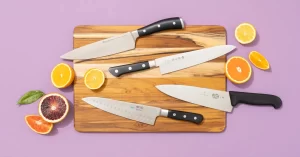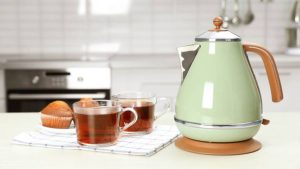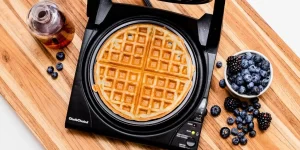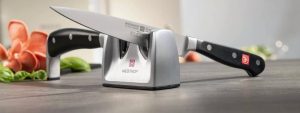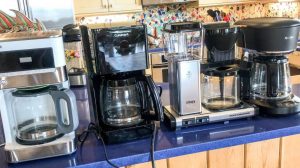At first sight, Teflon cookware seems like the best choice for cooking all types of food since it can support searing, browning, grilling, and all the cooking practices without burning or making the food stick to the surface.
However, on searching a little about the Teflon coating, you’d find out that it doesn’t have as many advantages to offer as it has disadvantages.
For example, the Teflon coating, itself, is highly toxic since it’s made up of chemical substances like PFOA. This coating starts peeling off at a temperature higher than 450°F, leading to the breakout of toxins in your food. When PFOA particles reach your food, they act as oxidants, carcinogens, and hormone disruptors.
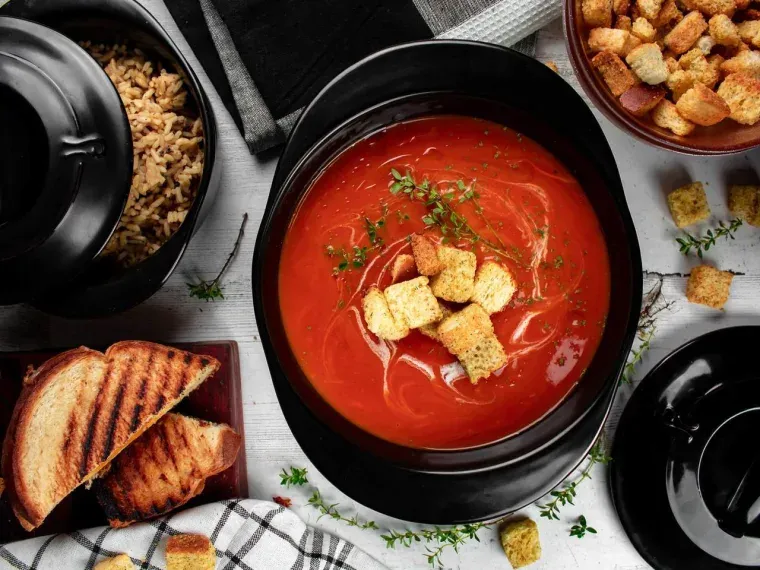
Even if you don’t eat the Teflon contaminated food, the air of your environment may get highly saturated with PFOA toxins upon overheating. Resultantly, these toxins may enter your body system via inhaled air and may cause polymer fumes or metal fever. Not only are humans that get affected but your pets are also not safe in such an absurdly contaminated environment and may die due to chemical suffocation.
The worst part of this whole scenario is that these peeled-off Teflon particles are super-stubborn that once formed, they won’t leave the environment. So, the best you can do to avoid such damages is to purchase Teflon alternative cookware. Yes, there are, fortunately, some options that deliver the same efficiencies and non-stick powers as that of Teflon while staying safe in your and your animals’ life. What are those Teflon alternatives and how you can get the most out of these safe cookware options, let’s figure it out!
Best Teflon Alternative
1. Stainless steel
Stainless steel pans are the first choice of restaurants since they are highly durable and completely safe. Unlike Teflon cookware, stainless steel utensils don’t come with the risk of scraping toxic coating because they do not have any non-stick coating at all. However, due to this, your food might stick to the pan’s surface if you’d not use enough oil while cooking.
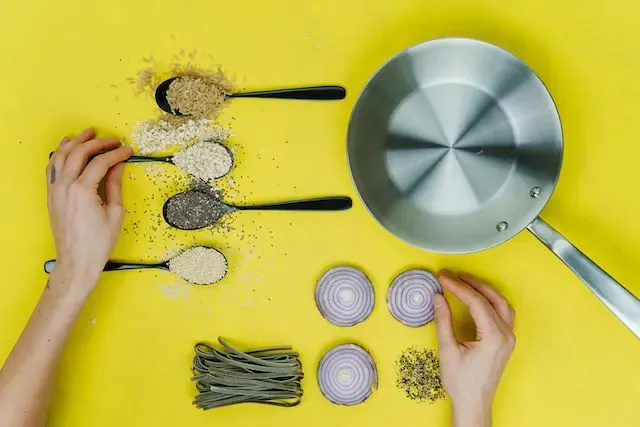
Check this Out: Ceramic Vs Stainless Steel Cookware
The good part is that the stainless steel doesn’t expel any chemicals or toxins even on being scrubbed abrasively. In this way, even if some sticky substances stick to the pan at the end, all you need to do is to use a mild dishwashing soap with some elbow grease to clean the utensils.
Another amazing thing about stainless steel cookware is that they can endure daily wear and tear and tend to look as shiny as they are on day one. Also, you don’t have to handle the utensils too carefully since accidental falls won’t leave dents over the skittle. At the same time, unlike cast iron cookware, stainless steel is highly resistant to rust which, in turn, enhances the overall service life of your pans and pots, so you can use them for decades.
2. Ceramic
Ceramic cookware is also getting highly popular these days due to its 100% natural composition and aesthetic visual appeal. While searching out for ceramic pans in the market, you’d encounter two types; pure Ceramic and ceramic coated. Pure ceramic pans are better, safer, and more durable than ceramic-coated ones because you can use them without being worried about scratching non-stick ceramic layers.
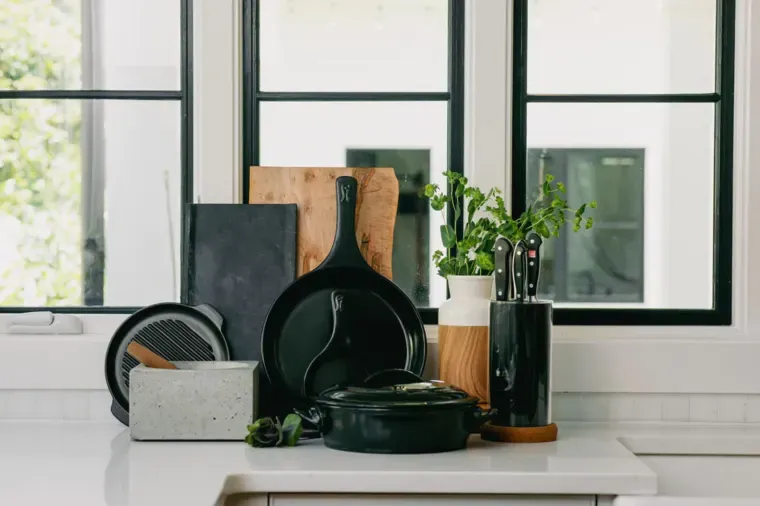
Also, most of these utensils are oven safe. The only problem is pure ceramic skillets need maximum care as they can’t sustain even a single fall. Also, they are certainly the most expensive option out there and there are so many qualities that add to the overall price including a presentable look, a wide range of colour and style choices, high heat retention powers, and many others.
However, if you are in search of a more budget-friendly Teflon alternative, you can go with ceramic-coated pans. The core of such products is made of metal, mostly aluminium, and over this core, ceramic is enameled to make the pan non-stick. This non-stick coating is, although, sturdier and more heat resistant than Teflon, still it’s advised not to use them over maximum heat setting.
Also, you’d need to be highly careful while cooking and it’s better to use a plastic spatula since the metal spatula may scratch the coating. Whether such a ceramic coated cookware is oven safe or not, depends upon the type of material used to make the core. If you’d get a pan with an aluminium core, you’d enjoy quick Heat-ups due to aluminium’s high energy efficiency.
Also read this: Best Non-toxic Cookware
The metal core also adds to the overall longevity of the pan. Whether you go with ceramic coated or pure ceramic cookware, both are non-stick and enable you to cook your food with less or zero oil.
3. Cast iron
If you are looking for natural, versatile, and durable cookware at affordable prices, you should give cast-iron utensils a try. We used the term “natural” because it’s the only material that, on seasoning, develops an all-natural non-stick coating onto the surface.
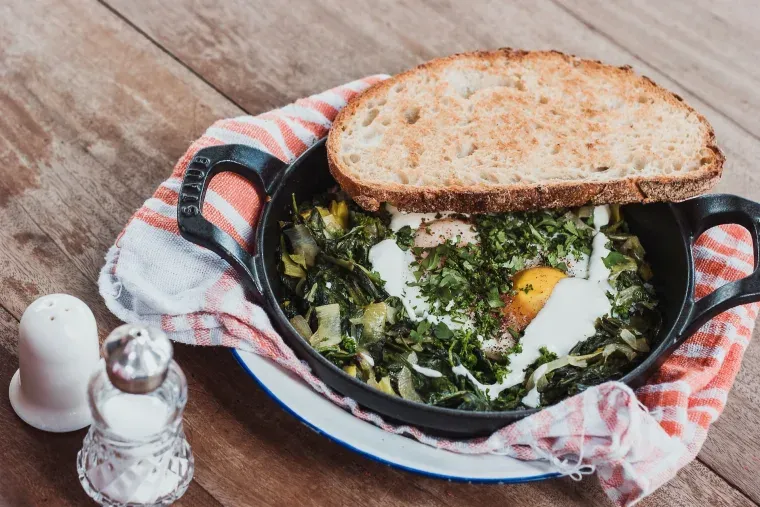
The best part is this natural non-stick coating doesn’t come with any temperature limits and you can choose to cook your food at whatever temperature you want. Also, a seasoned cast iron pan offers enough slip to cook pancakes, eggs, steaks, and other sticky foods without fearing burning or sticking.
Besides being a natural non-stick Teflon alternative, cast iron cookware can be used for almost all purposes, over all kinds of stoves including electric, gas, and even induction ones. You can conveniently place them inside the oven, on grills, over campfires, and under broilers without sacrificing their durability or nonstick capabilities.
Even if you’d use it roughly to cook your daily meal, the cast iron is sturdier enough to pass from generation to generation. However, you’d need to be careful about some aspects to enhance the service life of your cookware.
For example, cast iron gets corroded more easily and more quickly than other metallic skittles so dry the pans immediately after washing them. Similarly, you’d need to re-season your pans after a specific interval because the food (mainly the acidic food) may degrade the non-stick coating.

